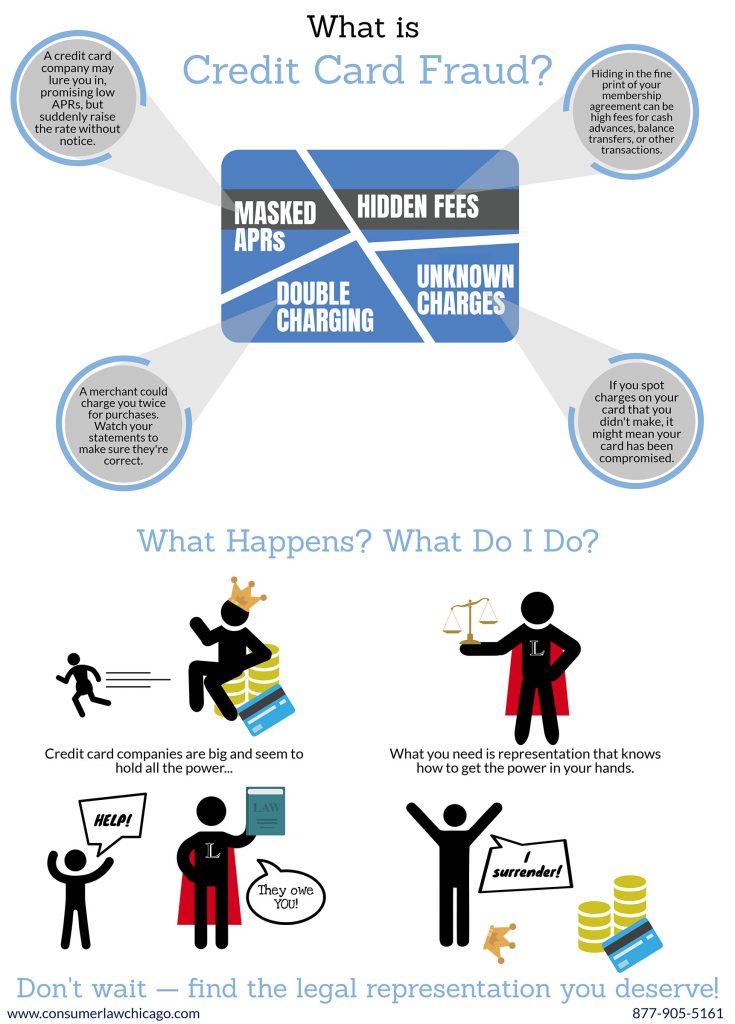These days, it seems like you never need cash, as more and more stores take credit cards. This is especially true with the rise of mobile apps that facilitate credit card transactions for small businesses.
On the one hand, this is great news because who likes to handle tiny intractable coins and crumpled bills? But on the other hand, this means our assets have become vulnerable to new kinds of fraud. Though it’s not a widespread phenomenon, credit card fraud is a very real problem that deserves our attention.
Frequency
It’s true that only 0.1 percent of transactions turn out to be fraudulent, but that statistic doesn’t fully capture the problem at hand. Out of 12 billion transactions in 2009, 10 million were fraudulent. And those 10 million fraudulent transactions amounted to major financial losses.
And according to the Consumer Sentinel Network Data Book for 2016, one of the most common forms of identity theft is credit card fraud, which makes up nearly 33 percent of all identity theft cases. Credit card fraud comes in close second to tax and employment-related fraud, which accounts for 34 percent of reported identity theft cases.
Types of Credit Card Fraud
There are multiple kinds of credit card fraud. We might organize the various types into two broad categories:
- Fraud committed by individuals
- Fraud committed by institutions or businesses
The first pertains to situations where a stranger, friend or employee takes your credit card information – if not your actual credit card – in order to make unauthorized purchases or withdrawals. A person might also steal your identity and thus be able to open new accounts with your information.
The second type of credit card fraud occurs when a company uses devious tactics to extract money from your account. The following will briefly touch on these two kinds of fraud.
Individual Credit Card Fraud
To reiterate, credit card fraud can occur when an unknown individual gains access to your credit card number and related information. You might unwittingly give your information to a stranger (a con artist perhaps), your card might be lost or stolen, or an employee of a business might covertly keep your credit card information after a consensual transaction is complete. In some cases, a family member or close friend might steal your card. In this situation, it can be hard to prove that fraud has occurred.
Skimming
There are a number of different methods for stealing credit card information. One common method is known as skimming and is used during ordinary transactions. Here’s how it works: a person uses a device (known as a skimmer), or other manual methods (such as copying receipts), to collect credit card information from unsuspecting customers. Skimmers are sometimes used by employees at restaurants, bars or gas stations – places where workers can take credit cards away from card holders to a separate location.
Phishing
Phishing is another common tactic utilized by digital defrauders. Here’s how it works: a person sends you an email that’s made to look like it’s from your bank. An effective phishing email will have believable logos and other identifying features to create an air of legitimacy. If you fall for it and click on a link in the email, you will likely be sent to a website where you will be asked to supply sensitive information, such as your credit card number. A good rule of thumb is to never access your bank’s website via email. Banks and credit companies almost never request sensitive data via email because it’s unsafe.
These are just two of the common tactics use by individuals to steal credit card information. Other tactics include application fraud, counterfeiting, picking up a lost card, mail non-receipt fraud, and account takeovers, to name a few.
Institutional Credit Card Fraud
A credit card company or merchant can also defraud you in a number of ways. A company might, for instance, offer you a credit card under the auspices of a low APR, without telling you that the APR will increase dramatically after only a few months. Or the company might purposefully hide extra fees in the fine print of your contract. Next thing you know, you’re being charged a ton of money just to transfer your balance.
You might also be charged twice by a vendor, so be sure to check your statements for double charges. Relatedly, it’s a good rule of thumb to keep an eye out for mystery charges. If something is on your statement that shouldn’t be there, you might have a case of fraud on your hands. In this circumstance, it’s a good idea to reach out to a consumer law attorney. He or she can help you extricate yourself from this unsavory situation.




Leave a Comment